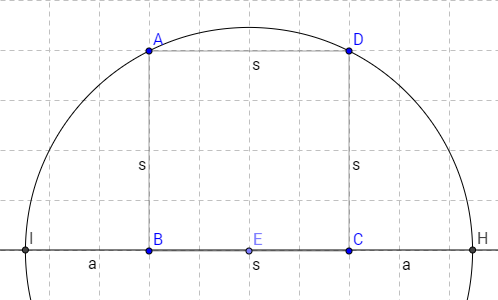- Joined
- Sep 27, 2009
- Messages
- 1,547
Post math related questions, answer them etc.
I'll start (not a homework question, I swear):

Solve the relation of s and a (s/a,see the picture).
Also feel free to post homework questions if you're a lazy bastard.
edit: fixed the picture
I'll start (not a homework question, I swear):

Solve the relation of s and a (s/a,see the picture).
Also feel free to post homework questions if you're a lazy bastard.
edit: fixed the picture
Last edited:


























